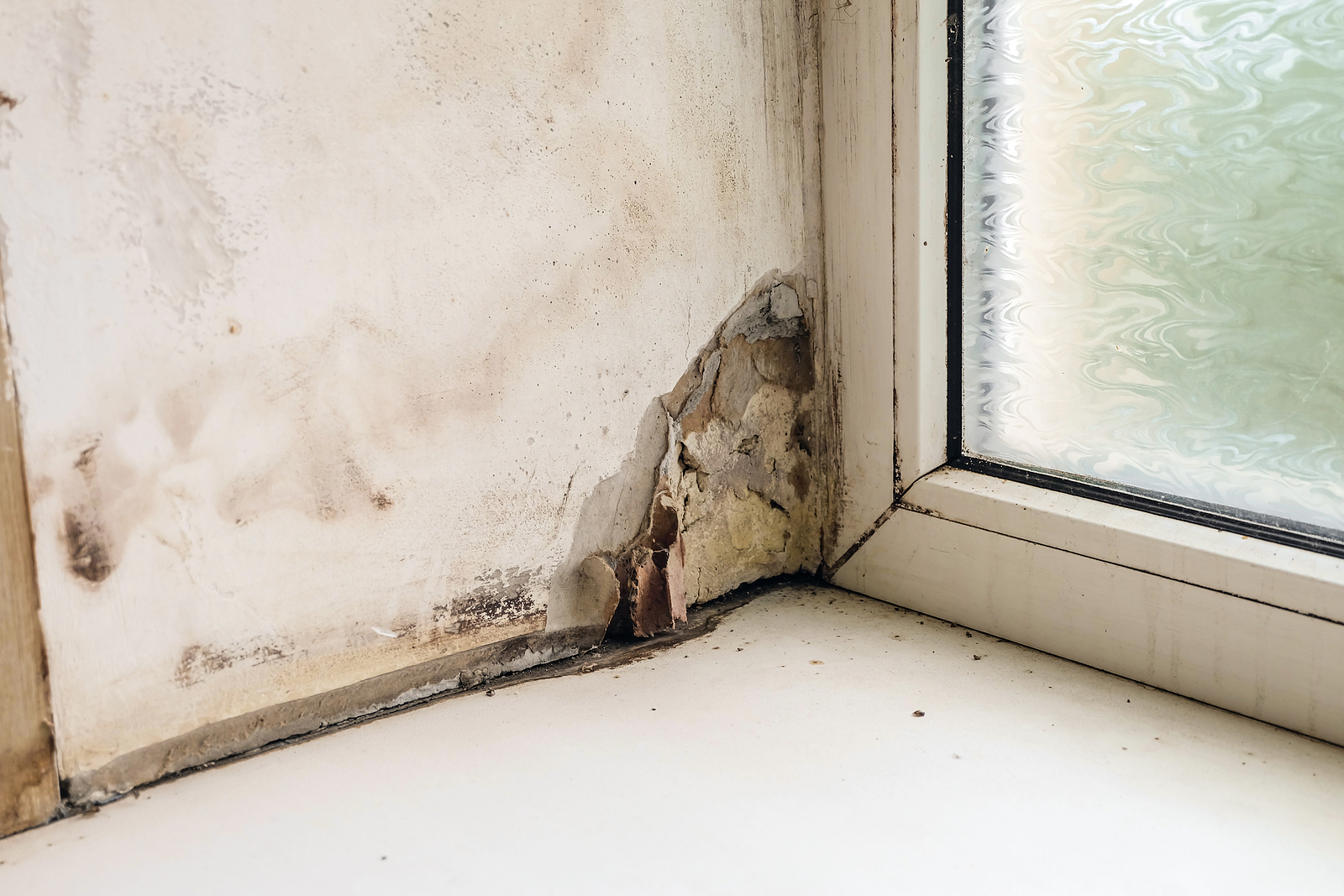

Molds are nasty microorganisms, and they can be found anywhere in the house as long as the surface is moist and dump. Molds may appear as black stains, hairy growth, or differently colored specks. They are not only gross affecting the beauty of the house, but they also come with some health hazards.
With more growth of mold, some bits of it can get mixed up with the air causing infections, asthma, or allergies, among other respiratory issues.
Mold can get to our houses in different ways. For instance, taking long hot showers, keeping dry clothes and cloth lines in the house, using humidifies, and cooking uncovered. However, the main reason why mold forms in our house is leaking taps or roof, which leaves the affected surfaces to dump all through. Now, if you have already noticed some signs of mold in your house, here are a few steps that you can follow to get rid of it.
1. Requirements and Safety Precautions
• Find some old clothes preferably an overall long-sleeved pants and boots
• Wear gloves, a protective mask or respirator, and goggles
• Tightly cover window and door openings to prevent spores from blowing back to the house
• Remove some household items that may hinder proper removal of mold, including the carpet
• Turn off the air conditioning system completely
• Get yourself a reliable mold cleaner
2. Seclude the Area Affected by Mold
If your kitchen is the one affected by molds, you need to isolate it from the other parts of the house. Cover the spaces left open after closing the door and all air ducts with plastics and duct tape. This is to prevent overflow to other clean rooms, which is possible when you start cleaning molds. If you have more than one contaminated room, move from one to another, and repeat the same steps.
3. Scrap off Those Affected Areas
If the wall appears swollen and stained due to molds, scratch them off using a screwdriver and then do some repairs when all the cleaning is complete. Consider the wall framing as well and any other contaminated area because molds could be hidden inside — you cannot afford to leave out some in there. However, while doing this, be careful not to cut or interfere with electric wires in the house.
4. It Is Time to Clean up
Now that you have opened up areas that are affected by molds, scratch off all the molds, and whenever you need to go further with cutting the walls or any other surface, do not hesitate. Start vacuuming the debris on the floor and clean thoroughly with water and detergent. To remove all the mold from the house, use a mold cleaner both on the walls and the wooden surfaces in the room.
A soft brush would come in handy to remove these molds and, when satisfied with results, wipe off these surfaces with a piece of cloth and leave it to dry. If you cannot do any of these activities, a reliable mold remover can come handy. Make sure you apply due diligence to get the best.
5. Repair After Drying
Leave the room for at least three days to dry before you can repair it completely. You can set up a humidifier to assist in fast drying. If you can still smell the mold, clean again using the mold cleaner until you can’t detect it anymore every time the surface dries up. Repair the surface and repaint using paints that contain mildewcide to prevent recurrent molds. You will need new insulation too and dry walls at all times because as more moisture creeps in, molds will definitely return — you did not go through all this, only to suffer molds again. Bring back anything you may have taken outside.
6. Prevent Mold from Creeping Back to the House
This should be your all-time step, but since you are already affected by molds, it is your final step. Preventing molds is the best course of action, and this is how you do it.
• Your entire home must stay as dry as possible all the time. If anything is leaking, get a reliable plumber or roof contractor to take care of it.
• Use fans to keep moist air outside. Use them when cooking and taking a shower or any other activity that may bring moisture in the house. If you do not have any fan, keep the windows open when doing these activities.
• Make use of a dehumidifier to help reduce moisture in the air. It will help a lot when it is damp outside because you cannot open windows or doors at that particular time.
• Take care of your basement, which is one part of your home with a high possibility of becoming moist. Do not put wall to wall carpet and instead use rugs, which you can dry outside from time to time. Only add insulation if your basement is dry.
